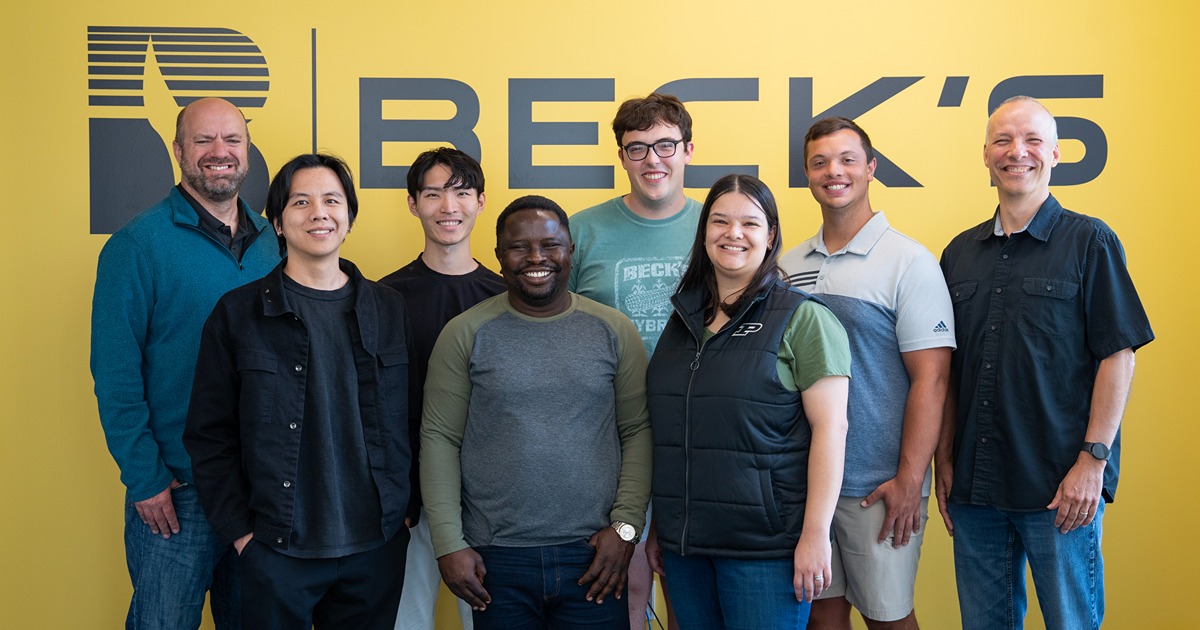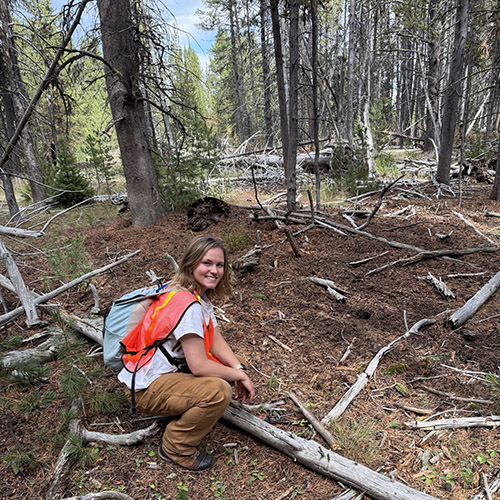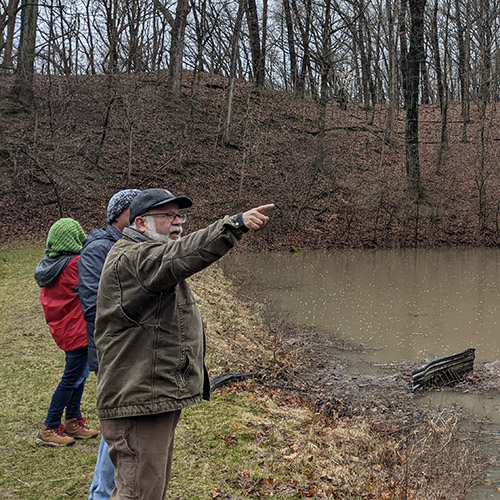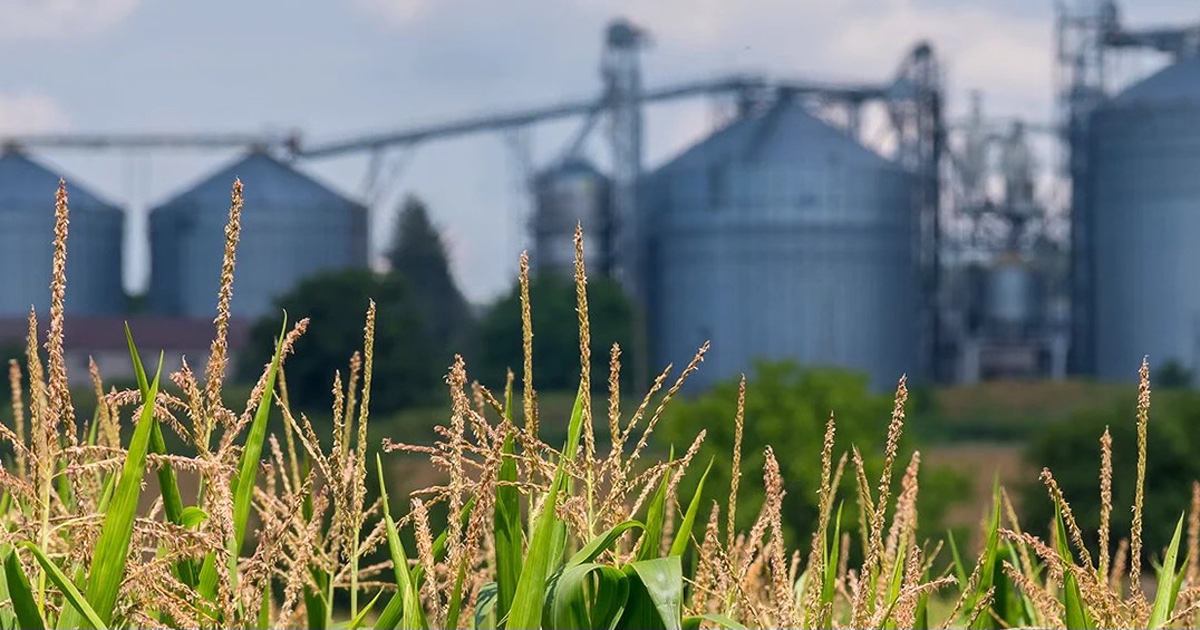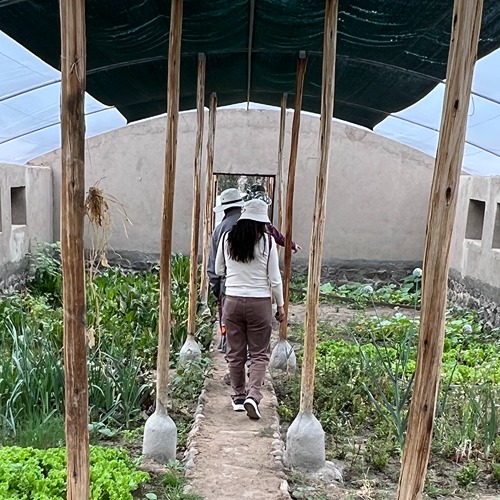Cultivating industry partnerships in agriculture: Plant breeding, Beck’s Hybrids and The Data Mine
Since civilization began, people have taken the plants with the best characteristics for themselves and their land and bred them together each season until they had rows of crops specialized for the food, material and fuel that fit their lifestyles. With the extra challenge of more plant disease and extreme weather events, plant breeding is essential to feeding, clothing and building the growing world today.
Fortunately, plant breeding has had a few innovations over the millennia. One of the greatest advancements came with the discovery of genetics, the understanding of how traits and the DNA behind them are inherited from parent to child. This scientific approach has developed over the last 50 years and has allowed plant breeders to go beyond picking crosses based on their favorite traits and to look deeper into the genes responsible for desirable attributes.
After decades of recording detailed information about different varieties of crops, their traits and the DNA sequences they hold, plant breeders have been waiting for the next innovation: a system that predicts what different crosses will yield and which varieties will best suit the regions they serve. Beck’s Hybrids, a seed company selling corn, soybeans and other seeds across the U.S. to farmers, has one such comprehensive dataset of their own corn varieties. They have been working towards predictive breeding for over a decade and recently partnered with eight Purdue professors, several graduate students and The Data Mine to build a genetic-informed prediction service for their plant breeders and farmers.
Mitchell Tuinstra, professor of agronomy, scientific director of the Institute for Plant Sciences, and Wickersham Chair of Excellence in Agricultural Research, is joining Beck’s on the project. He said that the program would help plant breeders pick the best plants to cross for their region, choosing the ones with the greatest chance of compatibility and offspring with the highest likelihood to perform well under their specific weather, soil and pest conditions.
In poker, the probability of drawing a royal flush is very, very low. The goal of the models we’re building is to give the breeders a loaded deck. Essentially, we try to remove bad plant matches and put good crosses at the top of the deck.”
- Chris Barron, Agronomy Graduate Student
Purdue professors and students and Beck’s employees have been building computer models to guide these predictions using forms of artificial intelligence (AI) called neural networks. Similar to how thoughts in the brain are passed as electric signals from one nerve cell to another, computer models can pass information from one artificial neuron to all the others connected to it, eventually creating patterns that can be recognized and repeated. The neural network on this project was trained on Beck’s dataset of corn hybrids, so large that no human could process it all, and from these models, it predicts which crosses will best suit each breeder and region.
“This project is producing a million predictions a year,” said Mark Gee, a genomic prediction and phenotyping engineer for Beck’s who was trained in the Tuinstra lab. “So essentially, we're testing a million hybrids a year on the computer.”
Beyond building computer models, the project has connected people in industry to professors, graduate students and undergraduate students. The Data Mine, a research center and learning community at Purdue, serves as this connection point, taking in questions and problems from companies and giving students a chance to work together to find the answer. Students get transformational learning experiences and often, like Gee experienced, a pipeline to a job after graduation.
Chris Barron, a current graduate student in Tuinstra’s lab, is also connecting more with students who study something different from him through this project. With experience studying statistics and plant science, he bridges the gap between computer scientists and agronomists. “My job as one of the plant breeders is to show computer science students how plants work and why we might want to do certain things within a plant breeding program. It’s given me the opportunity to learn more data analysis and different modeling skills. The Data Mine means I have a place to try things out and then be able to see if they work or not.”
Undergraduate students in The Data Mine are also getting involved. While the graduate students and professors write code and build the main model to make predictions, undergraduates have been creating a user-interface, or an easy-to-navigate website that would make the predictive model accessible to those without a computer science degree. While these challenges may be more difficult to solve than class problems, they prepare students to understand and solve the needs of industry.
This project connects academia and industry, and it is also connecting the younger and more experienced people in the workplace. Some of the six breeders for Beck’s have been crossing plants since before the world wide web was invented and have instincts and expertise for what makes a good hybrid that the researchers and students must come to understand and rely on for a good model. In turn, the younger generation is earning their trust and respect as they bring agriculture and plant breeding one step further into the future.
It may be two years before they can evaluate the success of their model’s predictions, but an end goal lights the tunnel ahead. As Gee said, “Beck's ultimate goal is to put farmers first and get them the tools they need to succeed.”

